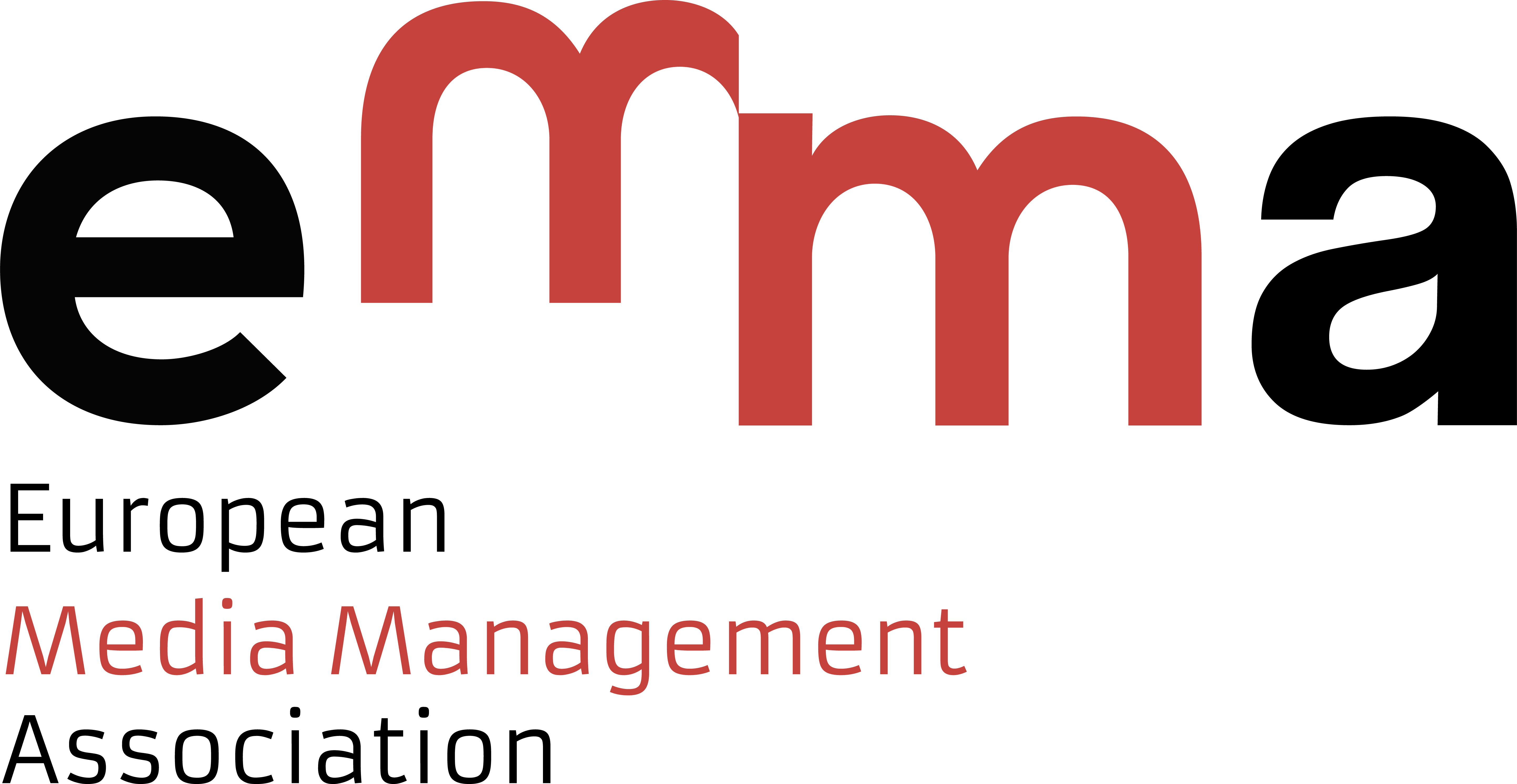Digital transformation is part of the profound post-industrial society changes that are having a crucial impact on all average firms and institutions(Evens et al., 2018; Oliver, 2018; Picard, 2014; Naim, 2013) and particularly in terms of a crisis of trust. Indeed, we live in an era of distrust, where legacy average incumbents are rapidly replaced, consumption is ever more fragmented and loyalty disappears quickly. Equally, the focus on ratings, page views, clicks or consumer engagement is not likely to increase trust in the average.
Trust is achieved when average companies and institutions can be 'relied' on. Today, there are fewer average outlets that audiences can trust. According to the Digital News Report (2022), "Trust in the news has fallen in almost half the countries in our survey, and risen in just seven, partly reversing the gains made at the height of the Coronavirus pandemic. On average, around four in ten of our total sample (42%) say they trust most news most of the time. Finland remains the country with the highest levels of overall trust (69%), while news trust in the USA has fallen by a further three percentage points and remains the lowest (26%) in our survey."
Given the dynamics of competitive average markets, it is time to take stock of the role of trust in the average and look forward, particularly as trust in the average is so fragile(Chan-Olmsted & Kim, 2022; Kalsnes & Krumsvik, 2019). For example, we know that trust is important in differentiating one average firm from another in the marketplace, and that the business of average firms is to increase revenues through subscriptions and memberships (eg. Netflix, Spotify, Amazon, Disney, The New York Times, The Economist, Apple). However, looking forward, subscriptions, memberships and other forms of sustained customer commitment require trust. Trust in average organizations may develop by building organizational capabilities such as better understanding audience needs and wants, evaluating consumer journeys to create high quality user experiences, and co-creating average products and services with consumers.



